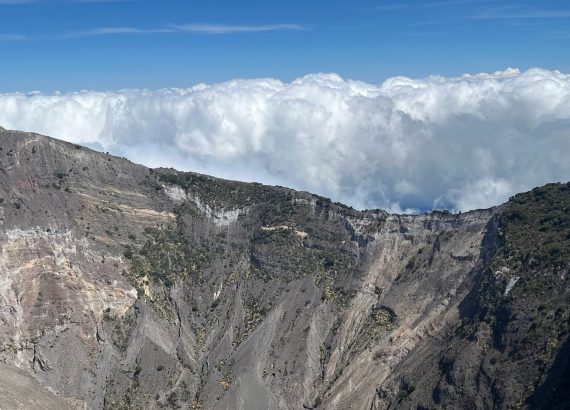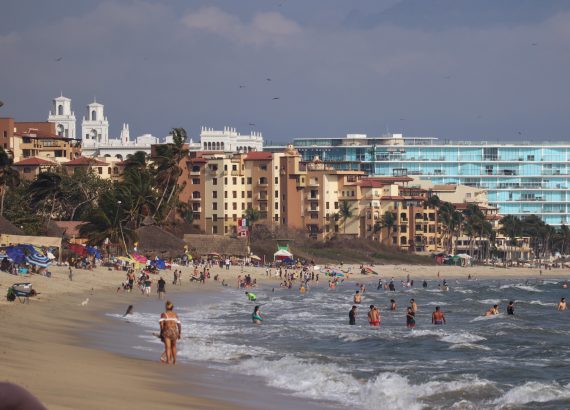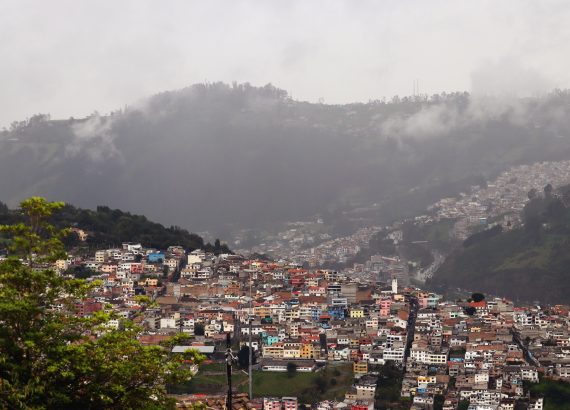Third leg of a 10-day road trip through the California coastline exploring this country’s most beautiful wine scenery from Mendocino to Sonoma to Napa Valley, known worldwide as US premier wine-growing region.
Leaving Fort Bragg away from the coastline, going south, the landscape drastically changes from that of just miles of astonishing redwoods to thousands of acres of vineyards on rolling hills. These vineyards are nicely organized in rows spread out over the mountainous terrain. Once you leave Mendocino County and enter Sonoma County, the landscape intensifies with miles of farms and vineyards adorned with beautiful Spanish and Mediterranean architecture designed for outdoor living and farm-to-table eating. Quite a different farming lifestyle from the rest of the country. The vegetation here is unique, from tall slim cypress trees to thousands of olive and palm trees that surrounding these vineyards.
First stop was in Santa Rosa for the weekend, which is about 30 minutes from Sonoma and Napa Valley and is less expensive, especially during the harvest season. Santa Rosa is a lovely town with a nice hub for eating, drinking, and shopping. During the weekday we stayed in the town of Sonoma, which is less crowded and cheaper. Weekends during the Harvest season are in high demand, even during the pandemic. All three towns — Santa Rosa, Sonoma, and Napa Valley, are charming with plenty of tasting rooms, wonderful cuisine and expensive retail. If you are driving, staying in any of these three towns will work. All three have walkable districts and are less than 30 minutes apart from each other. Sonoma is more laid-back and caters to small and family-owned wineries. It is also larger than Napa Valley and fosters a more country lifestyle vibe. Napa is a bit expensive, with more diversity in its cuisine and is well known for its wines. It’s hard to choose which is best.
In Napa Valley, we took a trolley that stopped at three wineries with lunch on the itinerary. Fees for wine-tasting at wineries and tasting rooms range anywhere from $20 to $50 with generous portions of selected wines. A bit more elegant and classier than some wineries in the northeast that offer a flight (a sampler of wines in tiny glasses). Many of the tasting rooms cater to a higher market and some are quite elegant, requiring an appointment. Most times, they will deduct the fee or discount the wine if you decide to buy several bottles.
A Bit of History …. about California Winemaking
Californians have had 300 years to perfect the making and selling of wine. To no surprise, it was the Spanish missionaries who first planted both vineyards and palm trees for both communion and Palm Sunday. From there, it evolved into an industry during the Gold Rush when the influx of people created a huge demand for alcoholic beverages. By the 1900s, California wine industry was exporting wines all over the world when Prohibition (1920-1933) decimated the industry until it fully recovered to compete again worldwide.
One fact that is severely understated in the role that immigrants from Mexico played in the cultivation and production of wines. It is estimated that 70% of those who harvest the grapes are undocumented workers. Although, mostly Spanish speaking, the history of immigrants in California winemaking is one of many racial and ethnic groups (Blacks, Indians,Chinese) who have endured very harsh labor conditions and injustices. I still remember as a teenager the successful boycotting of grapes and other farm products by the civil rights leader Cesar Chavez, which led to the nation’s only law guaranteeing farm workers the right to organize, choose their own union representative and negotiate with their employers. Although the immigrant issue is far from being properly dealt with, there have been some positive changes. One of them is the growing number of highly successful Latino wineries, now over 50 and more recently the addition of about a dozen Black owned wineries. A more serious looming issue impacting the entire industry is actually climate change … erratic weather from floods to droughts, wildfires and the scarcity of water will drastically affect this industry in the years to come.
About the Wine
There is something to be said about drinking your wine from a large tulip shape tall stem glass where you can swirl the wine to fully enjoy the aroma and the experience. (Definitely you will not catch me drinking wine in a plastic or paper cup). One sip is not enough to determine whether you like the wine, at least three sips are recommended to fully embrace the aroma, texture, and full body of the wine. Only then can you commit to buying 3, 6 bottles or a case. Believe me, glassware matters. There is an entire industry built around it. My favorite stemware for drinking wine is by Bormioli Rocco wine glasses laser cut rim.
I am partial to red wines, especially Cabernets, Malbec, Tempanillo and Shiraz. However, I also enjoy a nice fruity glass of Riesling of wine on hot summer days. I am less of a sweet wine drinker, unless that is all you have. One of my favorite quotes about wine is by Andre Simon “Wine makes every meal an occasion, every table more elegant, every day more civilized.”
My photos are of both Sonoma and Napa Valley. Remember to click the middle of the photo for a full view.
“For more stories and photos like these, please click here to subscribe!“






































Lisa Brown
Grazel, I have always enjoyed the wines you select. Looking forward to
Toasting for the holidays!????
Manuel F O'NEILL
Beautiful photographs, and thanks for the background and for having shared your California tasting and travel experiences. Your travels always take me to places that I want to experience some day.